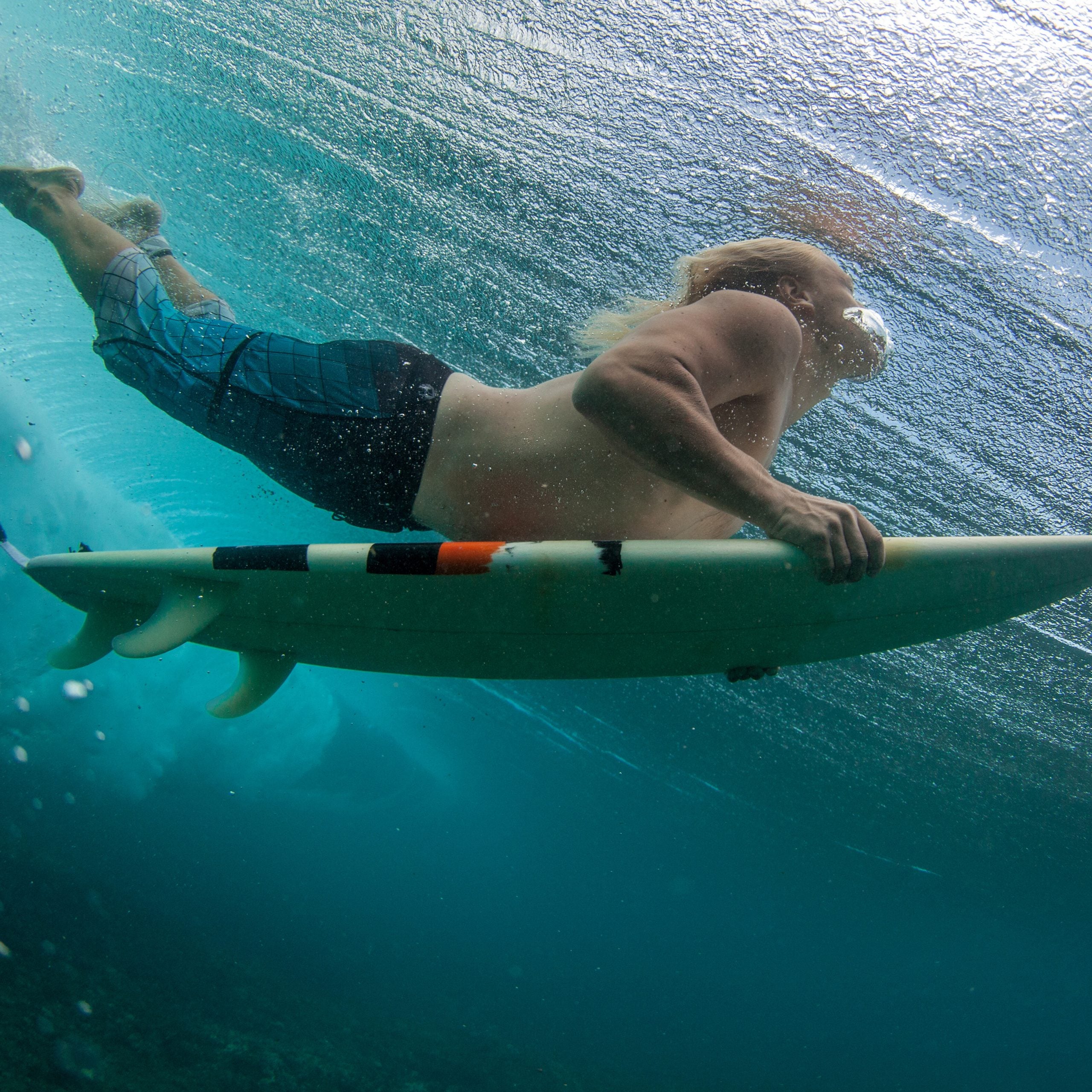Back when I was in high school, there was a sign hanging in the lockeroom: “Practice doesn’t make perfect. Perfect practice makes perfect.” Unfortunately, none of my coaches ever defined what, exactly, constitutes perfect practice. But in the reporting for my new book, , I learned that a lot of the world’s best athletes improve by following a few simple rules—rules that a growing body of new research supports: take on just-manageable challenges, focus with deep concentration, and work in discrete blocks of time. The best part? These principles can be adopted by just about anyone to get better at nearly anything.
Take on Just-Manageable Challenges
Big-wave surfer Nic Lamb, who in 2016 won , says, “Being uncomfortable is the path to personal development and growth. It is the opposite of complacency.” Elite American runner Sara Hall puts it like this: “The workouts that are on the outer edge of what I think is possible, the ones that really challenge me, they tend to produce the biggest payoff.”
Lamb and Hall are referring to a concept that researchers call “skills from struggle.” In short, have found that the most profound learning occurs after a period of struggle and even failure. In a published for Singapore’s , Manu Kapur, a professor of psychological studies at the Hong Kong Institute of Education and an expert on human development, writes that there are vast benefits in allowing people to “explore, struggle, and even fail at tasks that are beyond their zone of proximal development.”
This isn’t to say that you should take on impossible challenges, but rather just-manageable ones: workouts and movements that are a little more intense and complex than what you’re accustomed to. The psychologist Mihaly Csikszentmihalyi somewhere between anxiety and boredom. If you’re legitimately anxious, it’s probably worth scaling the challenge back. But if you’re completely confident—or worse yet, bored—you’re not getting any better, either. You want to be in the middle, according to Csikszentmihalyi; aroused, but not so much that you can’t focus.
Practice Deep Focus
In his 2008 book , Malcolm Gladwell popularized the 10,000-hour rule, which is the notion that the main thing it takes to become an expert in something is 10,000 hours of practice. His theory from the Swedish psychologist Anders K Ericsson. Yet Ericsson’s actual findings represent something quite different. Developing expertise, he found, is not about practicing for a certain number of hours. Rather, it’s about the focus that is brought to those hours.
Ericsson, who has studied hundreds world-class performers—from athletes to chess players to musicians—discovered that what separates the best from the rest is the intention with which they practice. His demonstrates that the most effective way to practice is to eliminate all distractions, devoting your full attention to mastering a specific goal. He coined this “deliberate practice.”
Steve Magness, running coach at the University of Houston and to pros including Neely Spence Gracey and Natosha Rogers, says that deliberate practice means ditching the smartphone, often the music, and sometimes even the watch. “To get the most out of key workouts, you need to be completely present, internalizing how your body and mind feel and respond to certain effort levels,” he says. According to Magness, this is a theme that holds true across all sports. “If you really want to master a skill or effort-level, you need to be completely there in the process of doing so.”
Break Up Your Time into Discrete Blocks
Reaching outside of your comfort zone and doing so with 100 percent focus is draining. No surprise, then, that in his years of studying elite performers, Ericsson learned that across all fields, even the best struggle to sustain intense work and deep concentration for more than two hours. ���ϳԹ��� of rare, short-term situations, once this threshold is passed, the work becomes futile. For example, in perhaps his most famous study, ,” Ericsson found that the best violinists in the world practice in chunks of between 60 and 90 minutes followed by brief rest periods. ( that the ideal break should last anywhere between six-to-30 minutes.) Beyond 90 minutes and the quality of the sessions began to suffer.
This upper limit is also relevant in athletic endeavors. For starters, after about 90 minutes, glycogen, or your muscle’s primary fuel source, runs low, says Magness. But equally as important is what happens psychologically—much like the body, the mind fatigues as well.
Occasionally, during the rest intervals of workouts, Magness has his athletes complete various mental puzzles and games like , in which one must quickly report the appearance of a color that is overlaid on top of the text of a different color. While Magness does this to strengthen his athlete’s ability to focus under fatigue, he says it’s equally important to simply let them rest once an hour. “Once you go beyond an hour in a hard workout, concentration suffers, even in the athletes who are mentally strong.”
There are, of course, exceptions to the 90-minute rule, like the long workouts that are lynchpins of so many endurance and adventure sports. But it’s best to keep workouts that target the development of a new skill or the ability to internalize a certain movement or effort level time bound.
Brad Stulberg (@Bstulberg) writes ���ϳԹ���’s Science of Performance column and is a co-author of the new book


